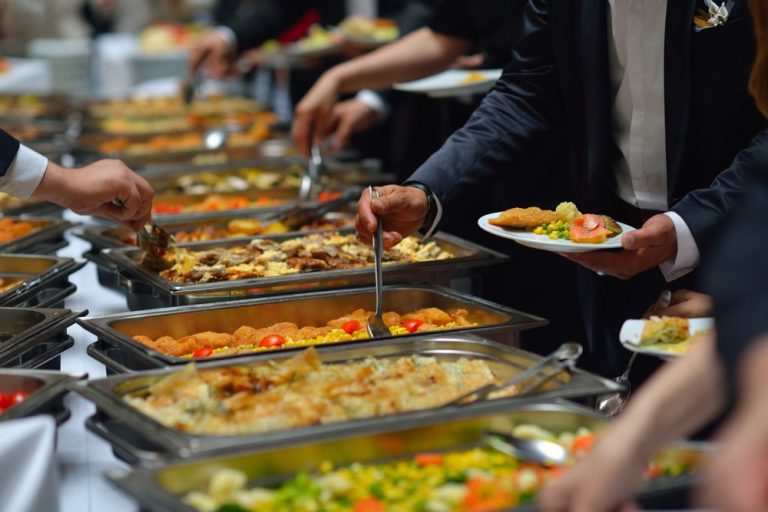
With diners increasingly accustomed to getting individual meals on demand, catering is adapting as well.
In an interview with PYMNTS, Darien Terrell, president and CEO of third-party catering delivery service DeliverThat, which works with a range of popular restaurant brands and ordering platforms, including Chick-fil-A, Olo and Qdoba, shared how catering customers’ expectations have changed in recent years.
“When we started this, even right before the pandemic or lead time was 24 hours,” Terrell said.
“That lead time has shrunk down to between 90 minutes and three hours. So, being able to adapt and evolve to [industry-wide] trends and behaviors wherever that might go [is key]. I can’t tell you where that’s going to be 12 months from now, but I can say that COVID has proven to me that this industry is able to be fluid.”
Indeed, the majority of the U.S. population now orders from restaurants online. Research from PYMNTS’ study “12 Months Of The ConnectedEconomy™: 33,000 Consumers On Digital’s Role In Their Everyday Lives,” which draws from responses from tens of thousands of U.S. consumers, noted that the share of consumers ordering via restaurants’ direct digital channels — their apps and websites — remained above 50% throughout 2022, closing out the year at 57%. Plus, the study found that 42% use third-party delivery aggregators.
Terrell explained that restaurants have become accustomed to the expectation that they will change to meet consumers’ new preferences. Once consumers or businesses find that they can place a last-minute catering order and get what they need, they do not go back.
He cited the example that a customer might say, “’Hey, last time I had an office meeting. And I didn’t know the headcount until the day, when I picked up the phone and I called my local restaurant, they said yes,’ or ‘Hey, we have a party, and for some reason, the previous caterer cancelled. I needed to find a backup option, and they said yes.’ So now it’s just more and more about being readily available.”
Overall, he noted that, far and away, the bulk of the company’s business is B2B. In this, his observations are consistent with recent comments to PYMNTS from Diane Swint, chief revenue officer at business catering firm ezCater (another company that DeliverThat works with), stating that, even as hybrid and remote work have transformed modern workplace cultures, demand for corporate catering has fully bounced back.
In fact, consumers are shifting back to on-site work. Research from the latest edition of PYMNTS’ ConnectedEconomy™ series, “ConnectedEconomy™ Monthly Report: The Evolving Digital Daily Edition,” which drew from a February survey of more than 4,000 U.S. consumers, noted indeed that the share of consumers that stated that they work remotely day to day fell from 26% last year to 23%.
Yet, as the days get warmer, more B2C occasions are emerging, with consumers taking advantage of the nice weather to host large gatherings and celebrate major occasions.
“In the summertime, you’re going to get more of the events,” Terrell said. “People are more outside, they’re having events, graduation parties, things of that nature, but the vast majority of our business is going to B2B.”